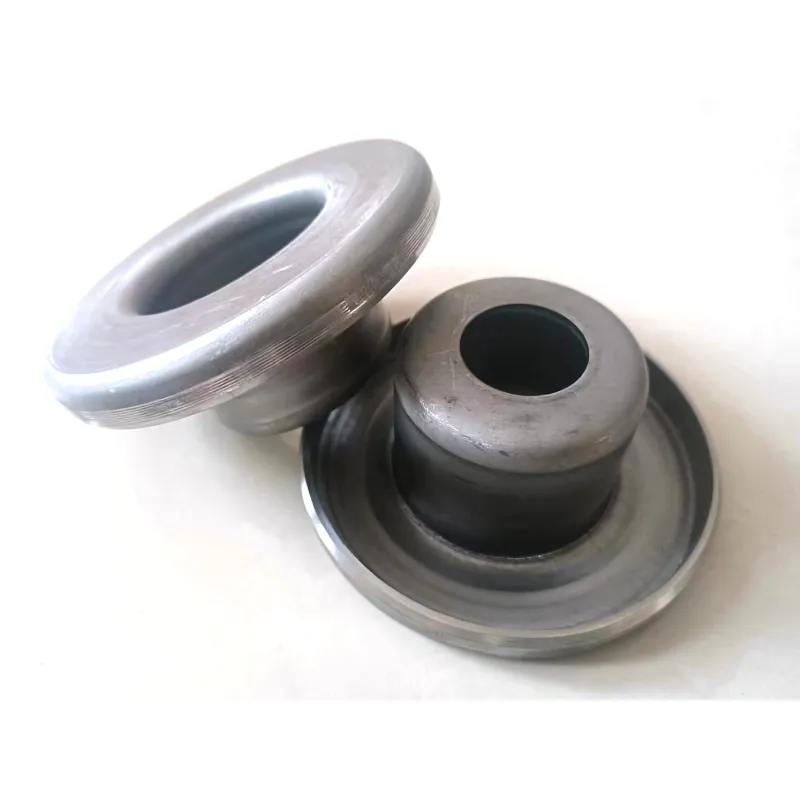 Afrikaans
Afrikaans  Albanian
Albanian  Amharic
Amharic  Arabic
Arabic  Armenian
Armenian  Azerbaijani
Azerbaijani  Basque
Basque  Belarusian
Belarusian  Bengali
Bengali  Bosnian
Bosnian  Bulgarian
Bulgarian  Catalan
Catalan  Cebuano
Cebuano  Corsican
Corsican  Croatian
Croatian  Czech
Czech  Danish
Danish  Dutch
Dutch  English
English  Esperanto
Esperanto  Estonian
Estonian  Finnish
Finnish  French
French  Frisian
Frisian  Galician
Galician  Georgian
Georgian  German
German  Greek
Greek  Gujarati
Gujarati  Haitian Creole
Haitian Creole  hausa
hausa  hawaiian
hawaiian  Hebrew
Hebrew  Hindi
Hindi  Miao
Miao  Hungarian
Hungarian  Icelandic
Icelandic  igbo
igbo  Indonesian
Indonesian  irish
irish  Italian
Italian  Japanese
Japanese  Javanese
Javanese  Kannada
Kannada  kazakh
kazakh  Khmer
Khmer  Rwandese
Rwandese  Korean
Korean  Kurdish
Kurdish  Kyrgyz
Kyrgyz  Lao
Lao  Latin
Latin  Latvian
Latvian  Lithuanian
Lithuanian  Luxembourgish
Luxembourgish  Macedonian
Macedonian  Malgashi
Malgashi  Malay
Malay  Malayalam
Malayalam  Maltese
Maltese  Maori
Maori  Marathi
Marathi  Mongolian
Mongolian  Myanmar
Myanmar  Nepali
Nepali  Norwegian
Norwegian  Norwegian
Norwegian  Occitan
Occitan  Pashto
Pashto  Persian
Persian  Polish
Polish  Portuguese
Portuguese  Punjabi
Punjabi  Romanian
Romanian  Russian
Russian  Samoan
Samoan  Scottish Gaelic
Scottish Gaelic  Serbian
Serbian  Sesotho
Sesotho  Shona
Shona  Sindhi
Sindhi  Sinhala
Sinhala  Slovak
Slovak  Slovenian
Slovenian  Somali
Somali  Spanish
Spanish  Sundanese
Sundanese  Swahili
Swahili  Swedish
Swedish  Tagalog
Tagalog  Tajik
Tajik  Tamil
Tamil  Tatar
Tatar  Telugu
Telugu  Thai
Thai  Turkish
Turkish  Turkmen
Turkmen  Ukrainian
Ukrainian  Urdu
Urdu  Uighur
Uighur  Uzbek
Uzbek  Vietnamese
Vietnamese  Welsh
Welsh  Bantu
Bantu  Yiddish
Yiddish  Yoruba
Yoruba  Zulu
Zulu Understanding the Functionality and Importance of Conveyor Snub Pulleys in System Efficiency
Understanding Conveyor Snub Pulleys Functionality and Importance
In the realm of bulk handling systems, conveyor belts represent a crucial component, playing an instrumental role in various industries, from mining to manufacturing. An integral part of any conveyor system is the set of pulleys, among which the snub pulley stands out due to its indispensable functionality. This article will delve into the significance, design, and operational characteristics of conveyor snub pulleys.
What is a Snub Pulley?
A snub pulley, also known as a snub roller, is a type of pulley positioned at an angle to a conveyor belt. Its primary purpose is to increase the level of belt tension and efficiency, contributing to the overall operational efficacy of the conveyor system. Snub pulleys are typically employed to deflect the conveyor belt, which helps in managing belt tension or redirecting the belt to a specific path as required by the conveyor layout.
Role and Functionality
One of the primary roles of a snub pulley is to maintain proper belt tension along the conveyor. By increasing the angle of contact between the belt and the drive pulley, the snub pulley ensures that the belt remains adequately taut. Proper tensioning of the belt is vital to prevent slippage, which can lead to material misplacement, increased wear on the belt, and ultimately, reduced productivity.
In addition to maintaining tension, snub pulleys can also assist in the alignment of the conveyor belt. Misdirected belts can lead to operational inefficiencies and increase wear on both the belt and rollers. By adjusting the belt's path through strategic positioning of snub pulleys, operators can keep the belt aligned, thus reducing potential downtime and maintenance needs.
Moreover, snub pulleys provide an essential function in transferring torque. As they guide the belt around the drive pulley, they play a key role in transmitting the mechanical power needed for the conveyor to function. This aligns with the broader principle of maintaining the operational integrity of the entire system.
conveyor snub pulley

Design Considerations
The design of snub pulleys must consider various factors, including the type of material being transported, the width of the conveyor belt, and the operating environment. Typically, snub pulleys are made from durable materials capable of withstanding the stresses imposed by belt tension and abrasiveness of the transported materials.
The diameter of the snub pulley is also a critical factor. A larger diameter can help reduce the wear and tear on the conveyor belt, as it minimizes the degree of flexing. However, it is essential to balance the pulley size with the overall conveyor design to ensure optimal space usage and system efficiency.
Maintenance and Best Practices
Regular maintenance of snub pulleys is crucial to ensure longevity and reliable operation. This includes routine inspections for wear, proper lubrication, and ensuring they remain clear of debris. Operators should monitor for unusual sounds or signs of misalignment, which could indicate issues requiring immediate attention.
Additionally, training personnel on the importance of snub pulleys in the overall system can lead to better operational practices. By fostering an understanding of how these components function and their role in maintaining belt tension and alignment, organizations can cultivate a culture of proactive maintenance.
Conclusion
Conveyor snub pulleys, while often overlooked, play a pivotal role in the efficiency and reliability of conveyor systems. Through their ability to maintain belt tension, align the conveyor path, and facilitate torque transfer, they contribute significantly to the overall functioning of industrial operations. By investing in the right design, understanding their functionality, and implementing best maintenance practices, businesses can ensure the longevity and efficiency of their conveyor systems, ultimately leading to improved productivity and reduced operational costs.
-
Revolutionizing Conveyor Reliability with Advanced Rubber Lagging PulleysNewsJul.22,2025
-
Powering Precision and Durability with Expert Manufacturers of Conveyor ComponentsNewsJul.22,2025
-
Optimizing Conveyor Systems with Advanced Conveyor AccessoriesNewsJul.22,2025
-
Maximize Conveyor Efficiency with Quality Conveyor Idler PulleysNewsJul.22,2025
-
Future-Proof Your Conveyor System with High-Performance Polyurethane RollerNewsJul.22,2025
-
Driving Efficiency Forward with Quality Idlers and RollersNewsJul.22,2025





























